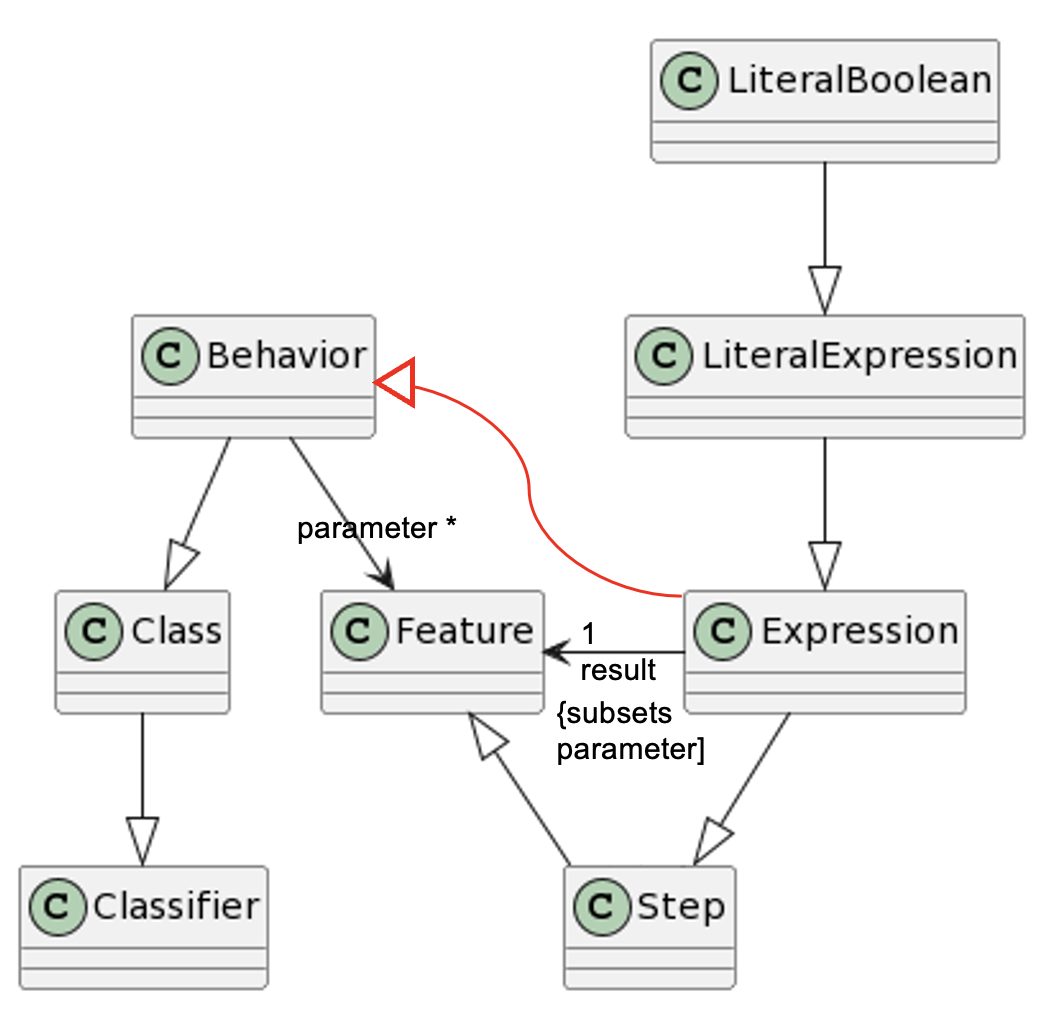Introduction
Welcome to an in-depth exploration of the KerML and SysML v2 metamodels. Join us as we delve into the complexities of class relationships and constraints. We will examine the role of OML and its Description Logic (DL) reasoning in shedding light on the challenge presented by class LiteralBoolean, despite its apparent simplicity.
The Cast of Characters
Our discussion revolves around various metaclasses: LiteralBoolean, LiteralExpression, Expression, Step, Feature, Behavior, Class, and Classifier. Each of these metaclasses plays a significant role in our analysis.
The Class Hierarchy
At the core of the metamodel lies an intricate hierarchy of classes. LiteralBoolean is a subclass of LiteralExpression, which, in turn, is connected to Expression. This chain continues with Expression leading to Step and finally culminating with Feature.
The Disjointness Dilemma
A noteworthy development occurs when Behavior becomes a subclass of Class and, by extension, Classifier. This addition prompts an interesting challenge. The absence of a common subclass between the concrete metaclasses Classifier and Expression leads to an inference of "disjoint" through a specialized algorithm in OML, known as the *bundle closure algorithm*. This situation results in a conflict between Expression and Behavior`.
The Property Relations
Property relations introduce additional layers of complexity. The result property connects Expression and Feature with a strict cardinality of exactly 1. Furthermore, the result property is a subproperty of the template property. The template property has Behavior as its domain and Feature as its range.
The Conundrum Unveiled
Here is where our analysis takes an intriguing turn. Each instance of Expression must have a result. This strict cardinality requirement necessitates the presence of a parameter. Consequently, Expression assumes both Expression and Behavior roles, as indicated by the inferred red inheritance arrow in the class diagram mentioned earlier. However, this dual role presents a conflict as Expression and Behavior are disjoint.
The Unholy Union
This situation leaves metaclasses Expression and Behavior unsatisfiable (have no valid individuals). This transitively affects LiteralBoolean, which, as a subclass of Expression, making it unsatisfiable too.
Conclusion
In this thorough examination of interconnected classes and underlying conflicts, DL reasoning emerges as a crucial tool for gaining a deeper understanding. As you navigate the world of metamodels and systems, it is essential to appreciate the role of DL reasoning. It transforms the concept of unsatisfiability into an exploration of the intricate web of class relationships. As you venture into the realm of KerML and SysML v2 metamodels, remember that DL reasoning serves as a guiding map, helping you navigate the complex and paradoxical terrain.




